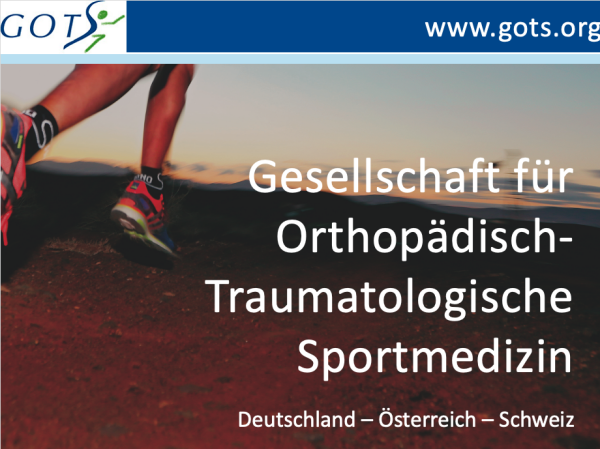You can change your mind at any time by clicking the unsubscribe link in the footer of any email you receive from us, or by contacting us at info@liroms.lu. We will treat your information with respect. By clicking below, you agree that we may process your information in accordance with these terms.
We use Mailchimp as our marketing platform. By clicking below to subscribe, you acknowledge that your information will be transferred to Mailchimp for processing. Learn more about Mailchimp's privacy practices here.

